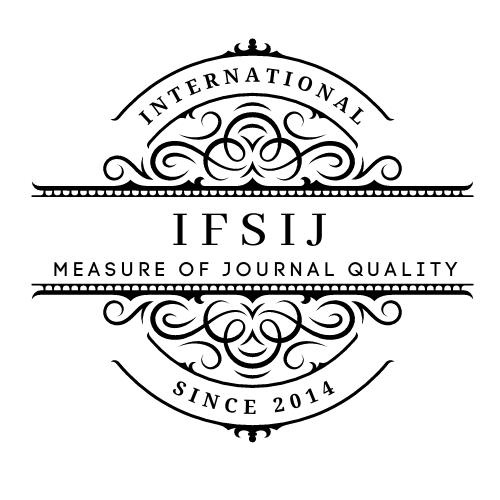HEMOSTASIOLOGICAL FEATURES OF SEVERE PREECLAMPSY IN PREGNANT WOMEN IN THE FIRST TRIMESTER OF PREGNANCY
Keywords:
Preeclampsia, thrombocytopenia, blood coagulation, hemostasiological indicators, biochemical indicators.Abstract
Preeclampsia is a severe complication of pregnancy that occurs after the 20th week of gestation. The main symptoms are an increase in blood pressure in combination with proteinuria (the presence of protein in the urine) [6,7]. The manifestation of severe preeclampsia is visual impairment, the functioning of the central nervous system, thrombocytopenia, impaired renal function, fetal growth retardation syndrome [1,3,4]. As a rule, this complication becomes an indication for emergency delivery, as it poses a real danger to the life of the mother and child. According to statistics, preeclampsia accounts for 16% of maternal mortality during pregnancy [2,5,6,7]. At risk: women over 35 years old, as well as those who suffer from chronic arterial hypertension, kidney disease, diabetes mellitus, obesity, carry multiple pregnancies and have a family history of preeclampsia [1,2,4].
Downloads
Published
Issue
Section
License

This work is licensed under a Creative Commons Attribution-NonCommercial-NoDerivatives 4.0 International License.















